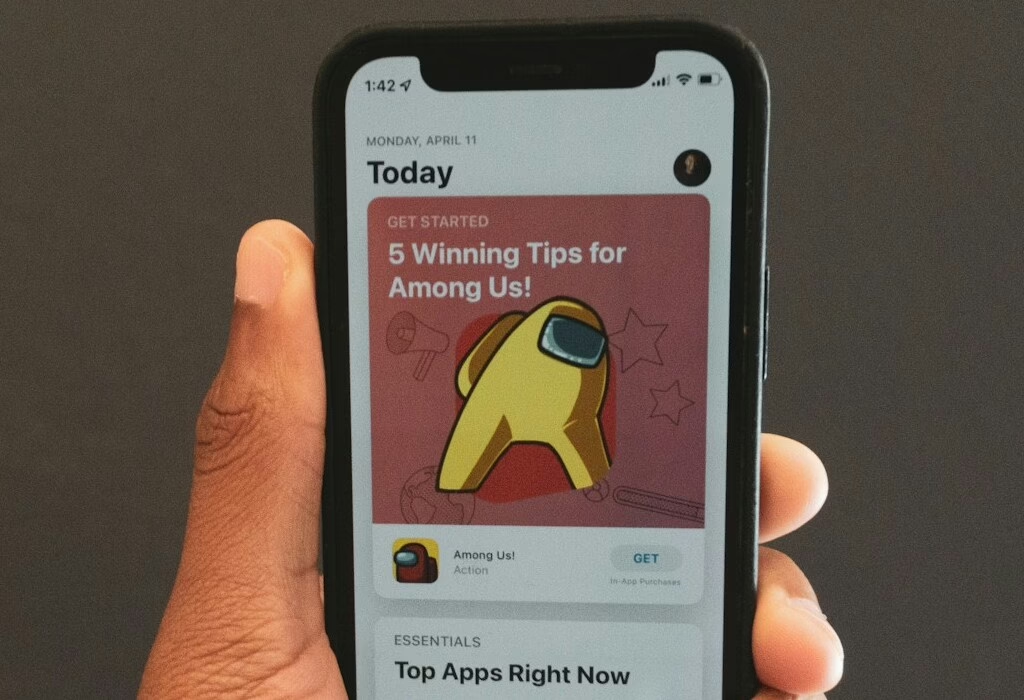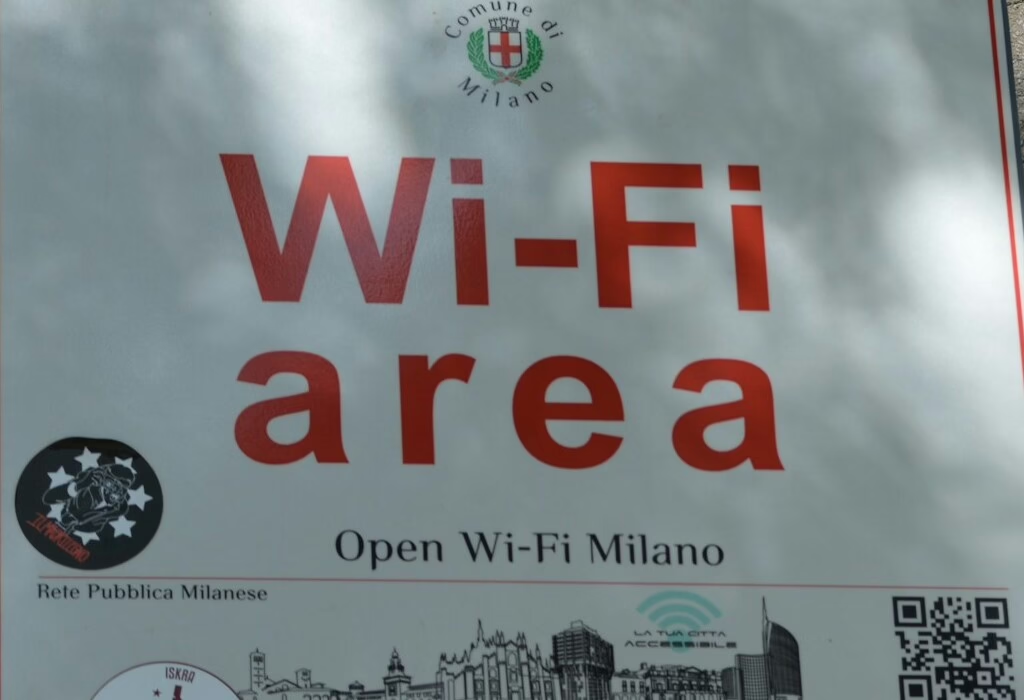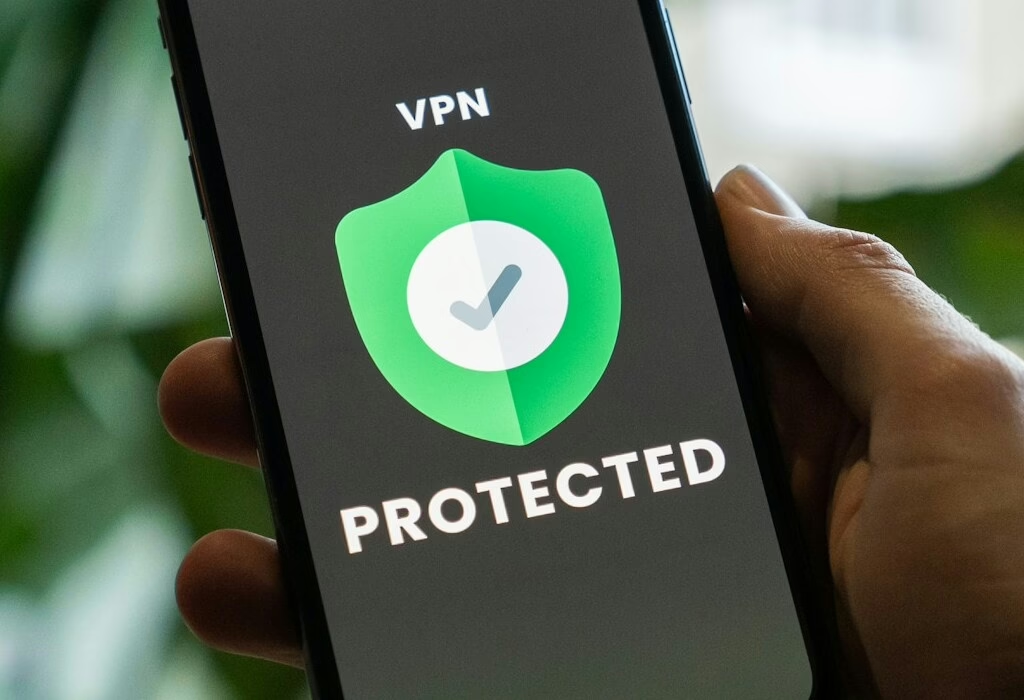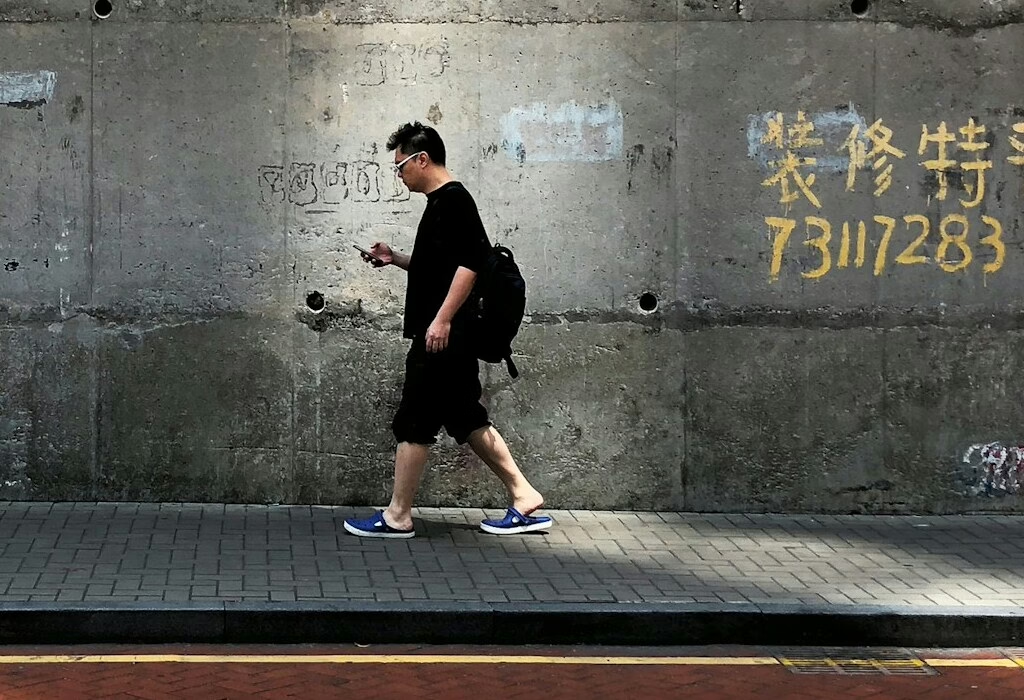Índice:
Introducción
There are many safety measures to take into account when travelling abroad, but one of them isn’t necessarily something you can see. How many times have you visited a café, airport, or hotel and connected to a free WiFi network without thinking twice about it? Probably a handful, but while most people feel safe accessing public WiFi – especially with airports using advanced WPA3 encryption – experts say that the system is still not foolproof and can easily be bypassed.
Before you connect, verify the network’s exact name with staff and disable automatic joins so your device doesn’t latch onto look-alike hotspots. Attackers often set up near-identical network names to trick travelers; a quick check at the counter or gate can prevent you from handing traffic to an impostor. Be cautious with captive portals that ask for unusual details or push unexpected downloads. If a sign-in page requests anything beyond a code, room number, or simple acknowledgment, back out and ask for confirmation in person.
Treat public connections as temporary conveniences, not places to handle sensitive tasks. Avoid logging into financial accounts or changing security settings while connected; save those actions for your mobile data. Strengthen account hygiene before the trip so that a single leaked password doesn’t escalate: enable multi-factor authentication or passkeys on email and cloud services, use unique credentials via a password manager, and scrutinize browser warnings about suspicious certificates or deceptive pages. When you want to quit with a session, sign out of important accounts rather than just closing tabs.

Prepare your devices at home.
Update your operating system and key apps so known vulnerabilities are patched, set a strong screen lock, and enable full-disk encryption where available. Turn on device-finding features and automatic backups so you can locate or remotely wipe a phone if it goes missing. Review app permissions with a travel mindset—many apps don’t need location or background access while you’re on the road—and avoid installing new, unvetted software while you’re relying on unfamiliar networks. A simple privacy screen filter also helps deter shoulder-surfing in crowded terminals and cafés.
Plan a low-exposure connectivity strategy. An eSIM or short-term data plan provides a private fallback whenever a hotspot doesn’t feel right, and a small travel router can let your devices connect only to your own trusted hub in accommodations. Download maps, tickets, and entertainment for offline use to reduce how often you need to join public networks at all. If you must print or use a public kiosk, assume local machines are monitored: avoid typing passwords, never download files to them, and clear any temporary prints or scans. These habits minimize touchpoints and keep your digital footprint smaller while you travel.
The only issue is that public WiFi is often the only option for travellers to stay connected, so how exactly can you stay safe while using it? To help you avoid any data breaches, here are 3 practical steps every traveller can take to protect their personal information while staying online throughout their trip.

Use a VPN
The first tip is quite simple: use a VPN. For those unaware, VPNs are perfect to encrypt your internet connection, making it far more difficult for hackers to intercept your data. The good news is that, in 2025, it’s possible to use a VPN app free of charge, meaning you don’t have to pay for extra protection as you would with traditional security services – which can easily be ineffective anyway. It’s quick, simple, and effectively maintains your privacy – and that’s all you need when there’s a chance the network may be unsecured.

Stick to HTTPS Websites
It’s also a good idea to stick to HTTPS websites. Standing for ‘hypertext transfer protocol secure’, these sites ensure that the data sent from your phone is already encrypted, making it a bigger chore for hackers to intercept any sensitive information – all you have to do is check for the padlock in the top corner of the browser. They’re not foolproof, of course. That’s why VPNs are important. But they can add an extra layer of security to keep your passwords, credit card numbers, or personal messages safe.
Turn Off Sharing
Lastly, you’ll want to make it as difficult as possible for any hackers to find you on their end. That means disabling file sharing, AirDrop, and network discovery on your device. These are essentially open windows – gaps in your security measures that hackers can climb through and access your files and data. Take AirDrop, for instance. It’s easy to forget if you have it set to ‘Everyone’, but that means anyone nearby – on the same public network – can send files to your device or attempt to access phone numbers or email addresses. With this in mind, it’s important to keep it switched off by habit, and only turn it on if you plan to share any files.

Conclusión
And there we have it. Three simple tips to stay safe on public WiFi. With modern security systems in place – including the WPA3 encryption we mentioned earlier – this should be enough to keep you safe while browsing on public WiFi, but it’s still important to be vigilant. The bottom line is to be aware of the dangers out there and stay alert when it comes to browsing and sharing. It can take just a few seconds for a hacker to access your data – but likewise, it can take just a few seconds for you to protect it.
When you’re home, do a quick security audit. Check recent logins for email, social media, and any service you accessed on the road, and sign out of sessions you don’t recognize. Turn on login alerts if you haven’t already, and review connected devices and app permissions, removing anything you don’t use. If something looks weird—like a login from a place you didn’t visit—change the password immediately and review recovery options to make sure they point to accounts you control.
If you suspect trouble while itinerante, act quickly and keep notes. Disconnect from the network, toggle airplane mode, and power cycle your device. Run a reputable security scan, then change the password for any account you used during or just before the suspicious activity—preferably over your cellular connection. If payment details may be involved, contact your bank to monitor, freeze, or reissue cards, and save timestamps and screenshots. Clear steps and a short paper trail make it easier to fix problems fast and move on with your trip.
Vídeo informativo
Puesto de colaboración: Las opiniones expresadas son las del autor externo y no reflejan necesariamente las del equipo editorial (véase nuestro política editorial).
